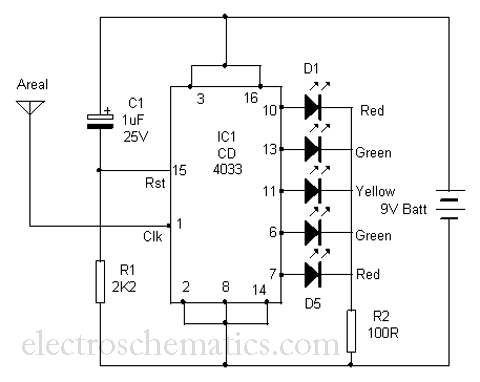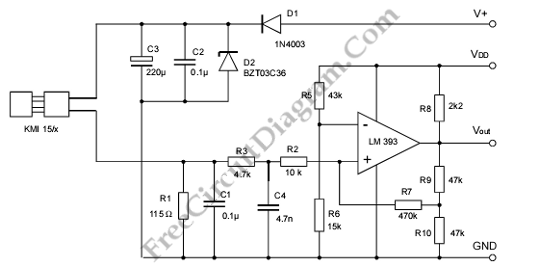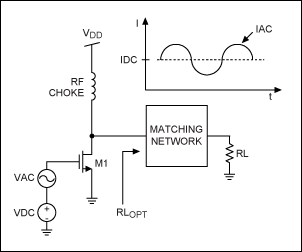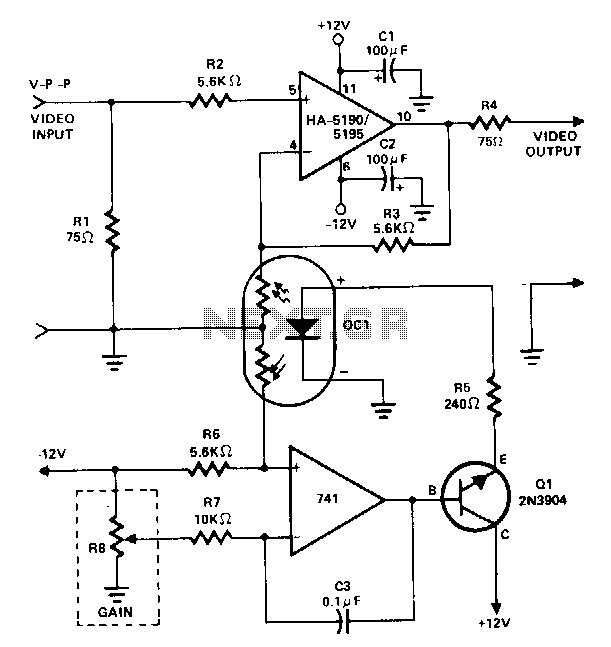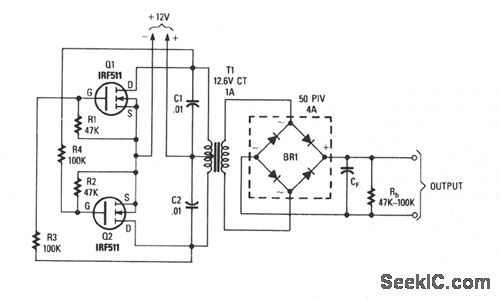
Audio power amplifier circuit LA4112 composition
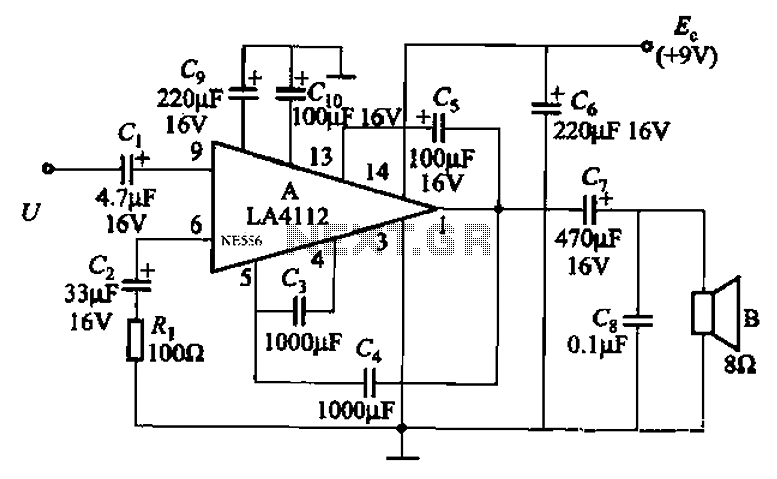
Audio power amplifier circuit utilizing the LA4112 integrated power amplifier along with additional components as shown in the figure.
The audio power amplifier circuit based on the LA4112 integrated power amplifier is designed to deliver high-quality audio amplification for various applications. The LA4112 is a versatile and efficient amplifier that can provide output power suitable for driving speakers in consumer electronics, such as home audio systems, televisions, and portable audio devices.
The circuit typically includes input and output stages, power supply connections, and various passive components that enhance performance and stability. The input stage usually consists of capacitors and resistors that filter and condition the audio signal before it is amplified. The LA4112's internal circuitry manages gain and feedback, ensuring linear amplification and minimizing distortion.
Power supply decoupling is critical in such circuits, and capacitors are employed to stabilize the voltage supply, reducing noise and improving overall performance. The output stage is connected to the speakers, and it may include additional components like inductors or output capacitors to optimize the frequency response and protect against overloading.
Thermal management is also a significant consideration, as the LA4112 can generate heat during operation. Adequate heat sinking or thermal pads may be necessary to maintain safe operating temperatures and ensure reliability over prolonged use.
Overall, the LA4112 audio power amplifier circuit represents a robust solution for audio amplification, combining efficiency with high fidelity, making it suitable for a wide range of audio applications. Audio power amplifier circuit from LA4112 integrated power amplifier and other components of FIG.
The audio power amplifier circuit based on the LA4112 integrated power amplifier is designed to deliver high-quality audio amplification for various applications. The LA4112 is a versatile and efficient amplifier that can provide output power suitable for driving speakers in consumer electronics, such as home audio systems, televisions, and portable audio devices.
The circuit typically includes input and output stages, power supply connections, and various passive components that enhance performance and stability. The input stage usually consists of capacitors and resistors that filter and condition the audio signal before it is amplified. The LA4112's internal circuitry manages gain and feedback, ensuring linear amplification and minimizing distortion.
Power supply decoupling is critical in such circuits, and capacitors are employed to stabilize the voltage supply, reducing noise and improving overall performance. The output stage is connected to the speakers, and it may include additional components like inductors or output capacitors to optimize the frequency response and protect against overloading.
Thermal management is also a significant consideration, as the LA4112 can generate heat during operation. Adequate heat sinking or thermal pads may be necessary to maintain safe operating temperatures and ensure reliability over prolonged use.
Overall, the LA4112 audio power amplifier circuit represents a robust solution for audio amplification, combining efficiency with high fidelity, making it suitable for a wide range of audio applications. Audio power amplifier circuit from LA4112 integrated power amplifier and other components of FIG.
